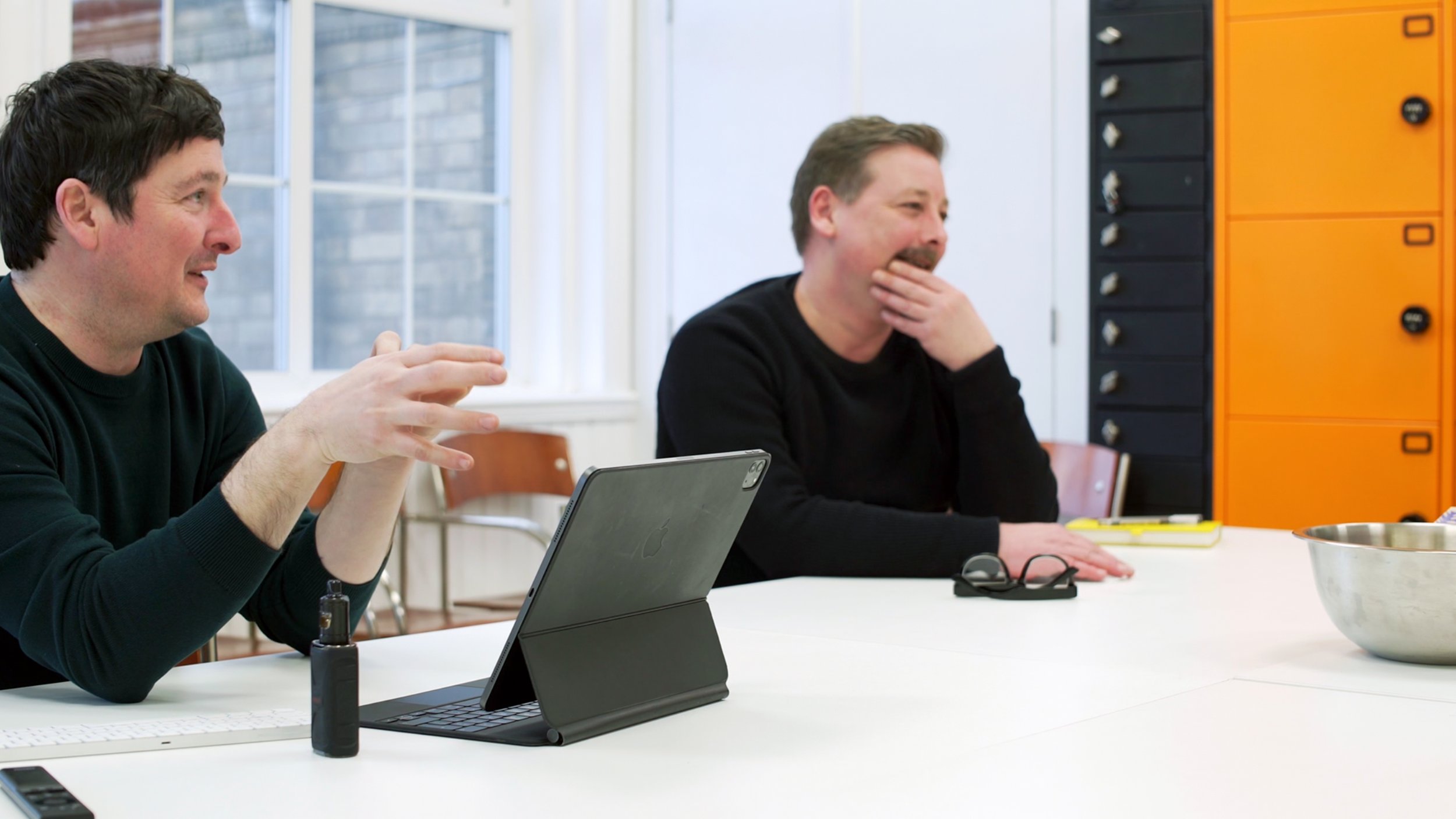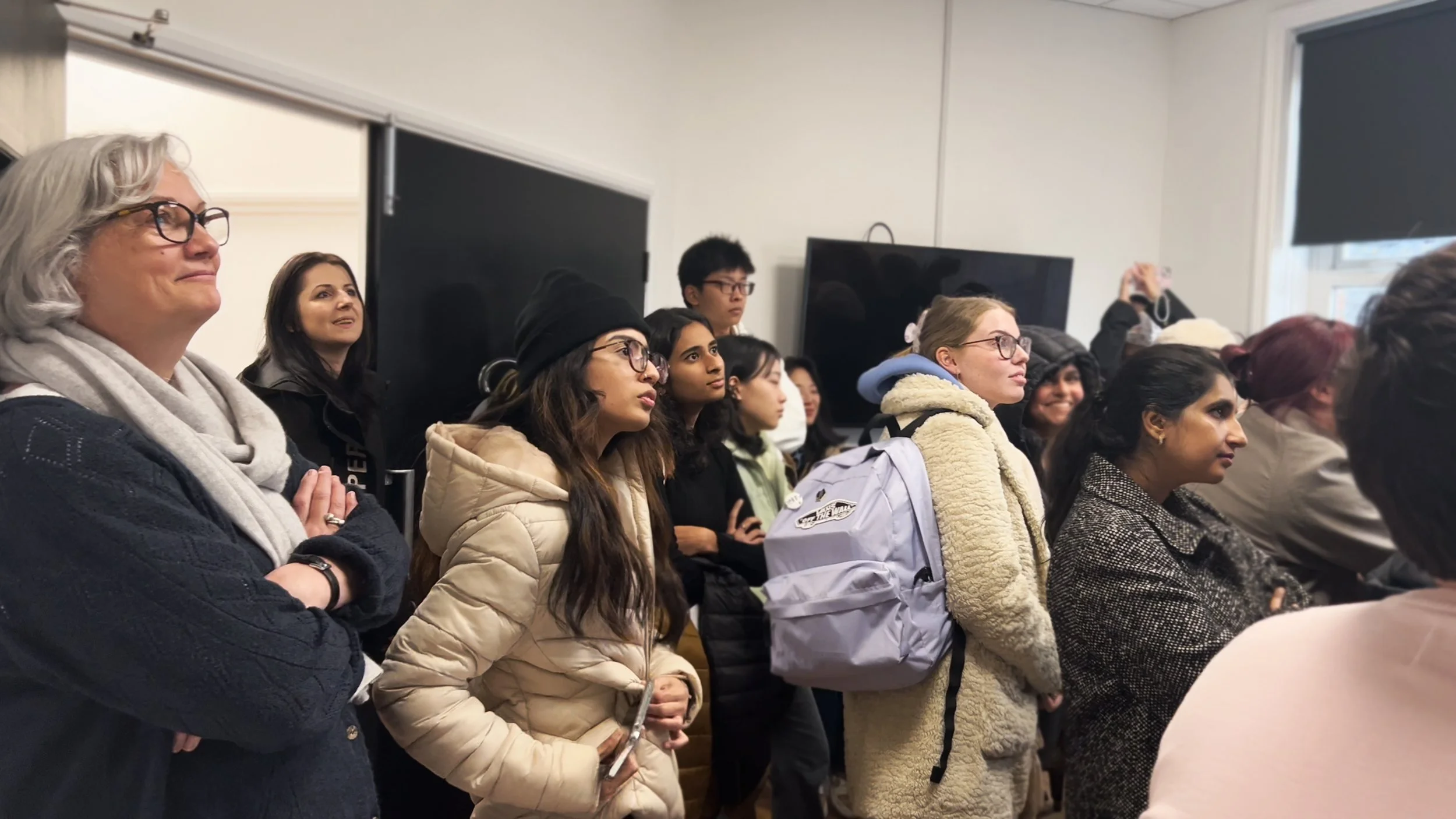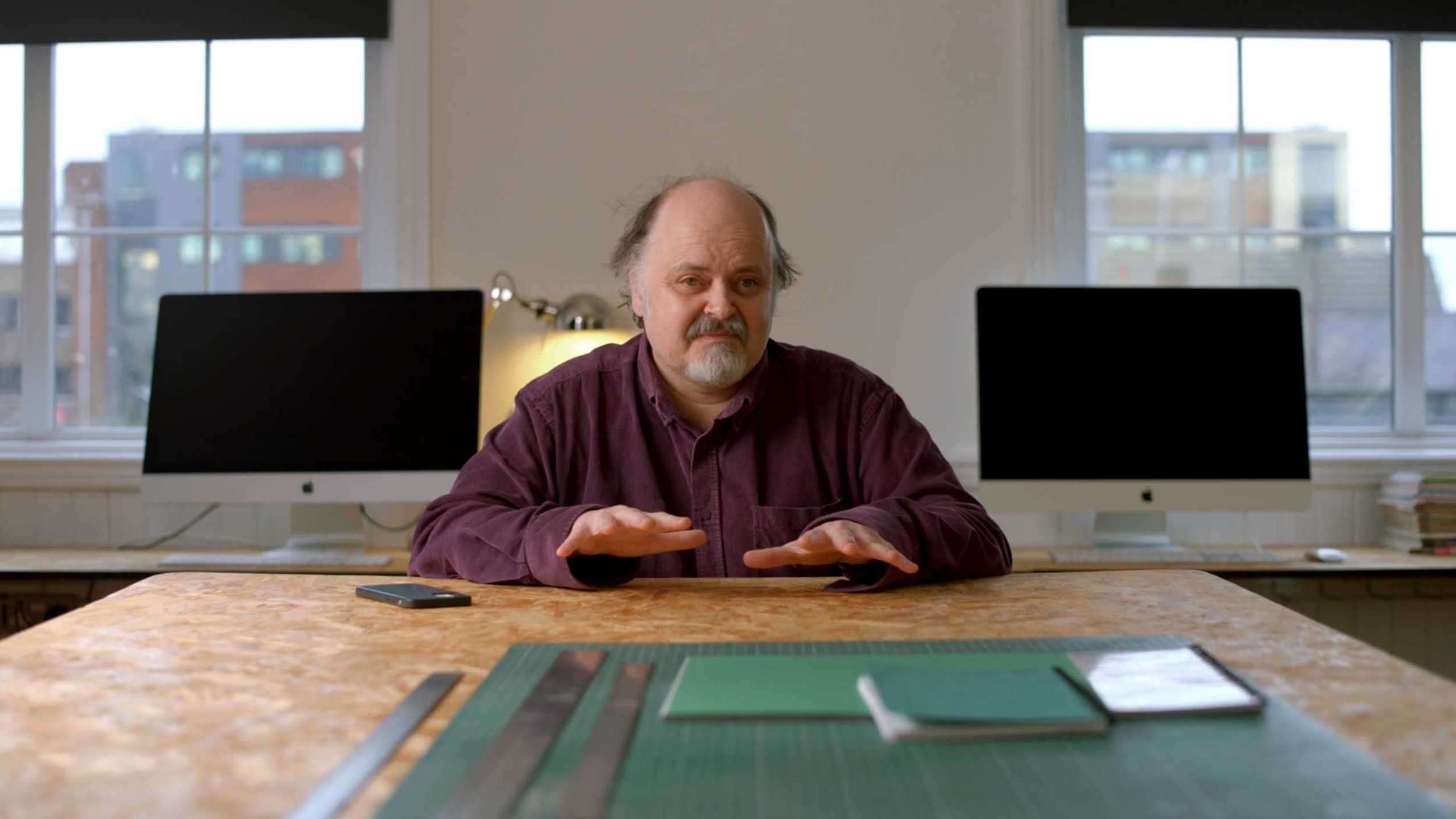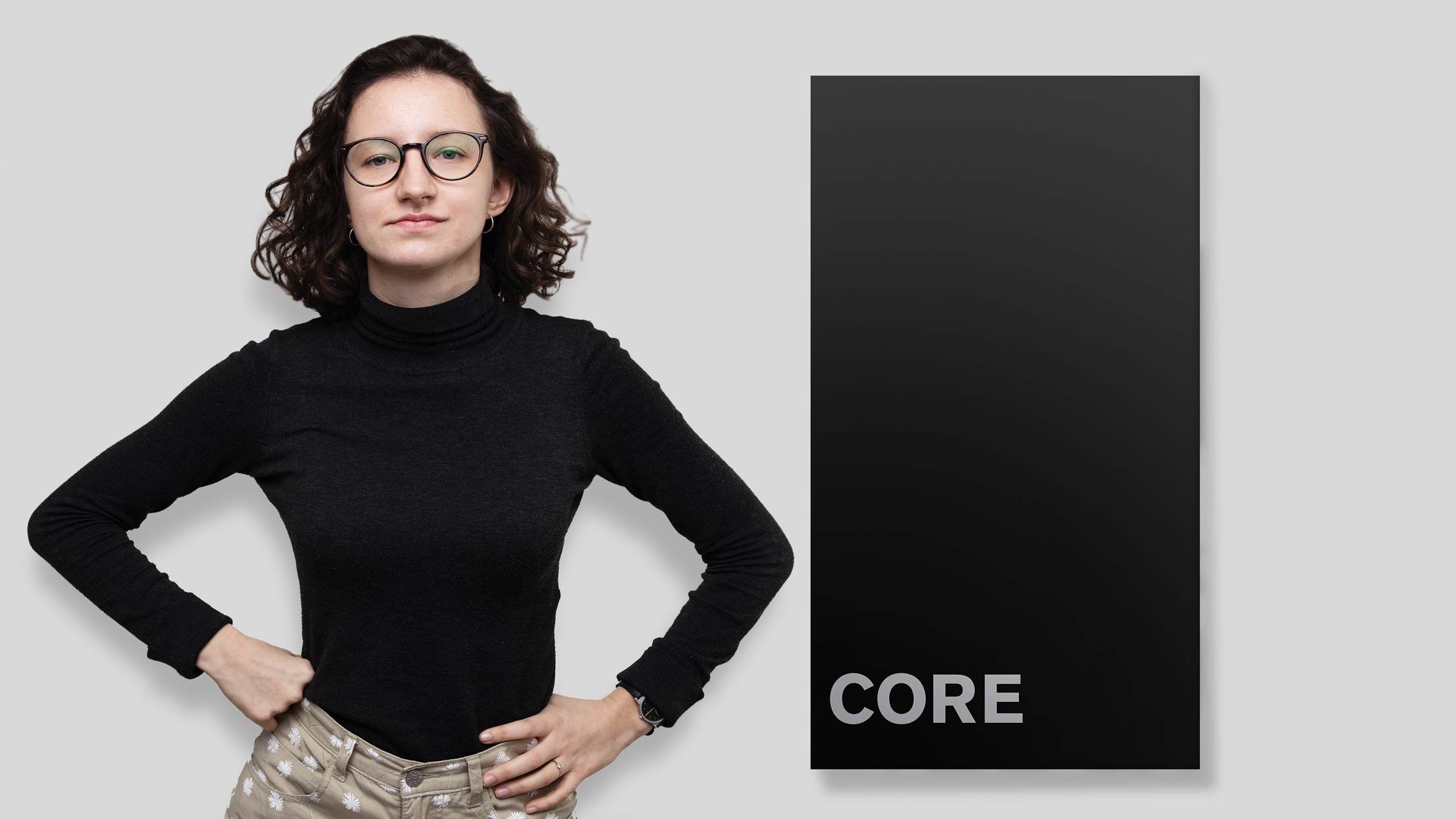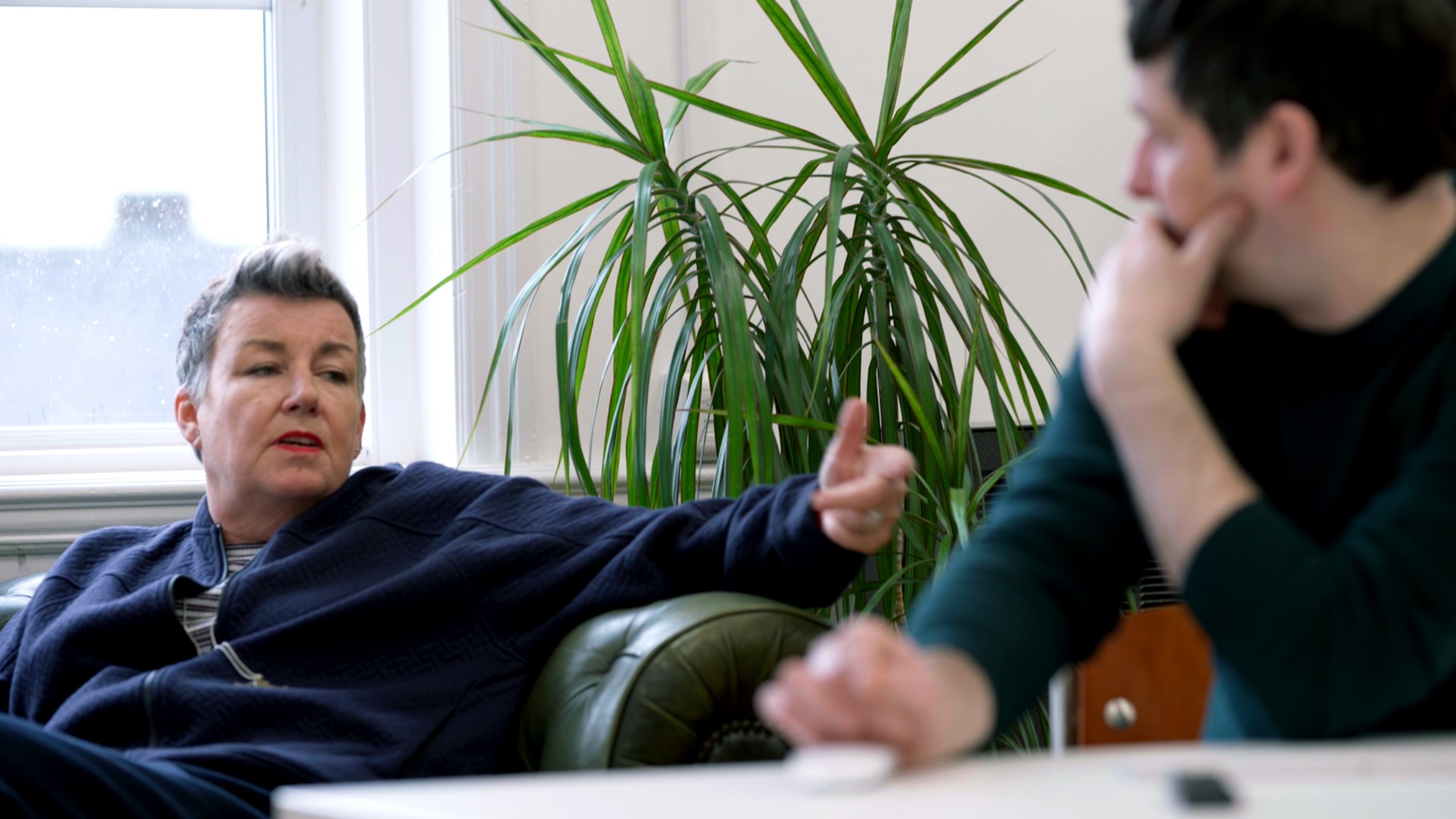We collaborate across the arts, using design and technology to explore ideas and develop the media that will communicate the ideas of the future.
The development of ideas and our desire to communicate them have always been defining characteristics of humanity. The ways that we can transmit our ideas to remote audiences continues to evolve and is now typically linked to the use of existing or emergent media technology. Institute is interested in these ideas and in the different ways that they are transmitted.
FROM CONCEPT TO CULTURE
Institute connects ideas to audiences. As our cultures continues to evolve within a rapidly changing world, we explore the nature of ideas and the media technology that will carry the ideas of tomorrow. The research of our network of artists, designers and technologists, explores the cultural nature of ideas, examines the media of tomorrow and helps businesses to become brands.
COLLABORATION
We are collaborative and work with a host of local talent from across the disciplines of the arts, design and technology. We have worked with fashion houses, galleries, tech and sports giants through to tv channels and national museums. Our research produces new media platforms and provides the context that makes brands relevant.
BETTER IDEAS FOR A BETTER FUTURE
We are interested in developing the integrity of cultural communications so that we can talk to each other more clearly and more honestly. If we can do this then we can have better conversations. From there we can develop systems that are less at odds with our real needs. We believe that it is possible to become less self conscious, less compromised by expectation and to communicate in a multitude of ways that more closely reflect our humanity. This starts with us, in our own communications and carries through to brands if we wish them to convey our values.
-
If you want to tell people what they should think then it probably follows that you should be quite sure that you are right. How sure are you? If you aren’t 100% sure then it might be wise to develop your argument more. If you are 100% convinced that you are right and you think that this should affect others then you might be heading somewhere very dark indeed.
We wouldn’t encounter this uncomfortable spectrum if we didn’t step over the line in the first place. If we acknowledge that we are only building our own arguments, potential ways of thinking, specific fit-for-purpose solutions and theories then we could freely acknowledge that others are also doing the same. A diversity of ideas, and methodologies forms an ecosystem for development, criticism, testing and localised solutions. We gain wisdom from this activity, and confidence from the success of certain approaches but we’ll never resolve a real diversity of ideas. We’re not supposed to. Theories will improve but they will never be defined in isolation. They require their counterparts to make sense. Tension and contradiction are natural aspects of life’s rich tapestry. As we develop the structural integrity of our ideas, we could also have the moral integrity to acknowledge that we are only building out a perspective and if that turns into dogma or ideology, we have stepped over an invisible line. We might be ill equipped to deal with the consequences.
-
“Doublethink means the power of holding two contradictory beliefs in one’s mind simultaneously, and accepting both of them.”
George Orwell.
institute is a place to pursue creative endeavours amongst others that may hold disparate opinions or values. The arts are linked to culture. Criticism is the currency of the arts, it’s the way that we engage and develop. For this reason, productive criticism is encouraged as is responsibility. The freedom for the development of diverse creative voices (critical or otherwise) is a priority and therefore valued above perceived offence. We should encourage creativity, curiosity and communication through dynamic investigations that may produce a wide variety of outcomes.
-
It’s important that we do not advocate for things that we have not fully investigated. This prevents the spread of potentially bad ideas. If we have not fully considered an idea then it’s likely that we also haven’t considered the consequences of it’s adoption.
There has never been a better time for expression in branding but this could come at a cost if messaging is less than honest.
DEVELOPING PERSPECTIVE
When we test our ideas, it’s important to look at the widest possible picture. This enables us to understand context and to check that we aren’t missing the point. But the best work, the best brands emerge from a simple idea or business proposition. We will always take the shortest route from A to B and prioritise common sense.
INTEGRITY
integrity | inˈteɡrədē | noun
1. the quality of being honest and having strong moral principles.
2. the state of being whole and undivided.
3. the condition of being unified, unimpaired, or sound in construction.
4. internal consistency or lack of corruption.
The concept of integrity is one of our guiding principles. We can use this as a sense checking mechanism across a variety of activity. We apply it to business: Do the mechanisms have internal consistency? Are they sound? We can apply it to the work that we do and apply it to brands: Is this proposition honest? Does it have an internal logic and consistency?
This is a simple concept that we all understand. For a child in the western world this might start as they begin to play with a toy like Lego and make decisions on how one piece should be connected to the next. If internal integrity becomes a guiding principle then it becomes empowering for all involved as it allows us to define objectives, test ideas and develop fit-for-purpose outcomes. This also encourages us to think more broadly about the nature of values. We could call this is principle and its a principle that we’ve valued across time and across cultures.
VIRTUE SIGNALLING
All of us have the capacity to be amazing and to be truly awful in our thoughts and actions. We could imagine measuring ourselves against some kind of scale that measured our success or failure in some regard. We may constantly strive to be at one end but it is likely that the scale would be more spotty than we’d like. Given that this is the case, it is quite something to promote ourselves as a paragon. If we are actively promoting virtuous aspects of our activity as brand and we are using this a smoke screen for less virtuous activity then it is probably only be a matter of time before the brand is damaged. If we are being less than honest and making a big deal about the opposite we’re equipping a potential social media mob with explosives. To best advice than we can give- just don’t do it.
THE NATURE OF BRANDS
We live on the surface of a huge world populated by nearly 8 billion people spread across 7 continents, living in nearly 200 countries. Although the core values that we share unite us as humans, the ways that we decide to categories our differences form the norms and values of our distinct cultures. The value of tribal distinction is commonplace across a global map as is the notion of the individual-what they represent, their roles and to varying degrees, their ideas and potential for personal development.
Many contemporary cultures are devoting an increasing amount of energy into developing these distinctions. Sometime they may feel tribal, as they define they parameters of a belief, an area of interest but are often a system for personal identity. Distinctions are applied to business, where the source of products or services must be clearly defined. We often add a layer to this and we measure it in terms of it’s value- monetary or otherwise. This product, service or idea is from this company and it is better than the other offerings because of…something.
For the individual with access to media mechanisms at an early age, that offer a window into their life, they are now encouraged to see themselves as a package that might be unique but should be easily understood by others. They are encouraged to adopt systems that help them to develop this persona. These frameworks, starting with identification and encompassing status or reputation, with recognisable outputs or behaviours, place some kind of pin on the cultural map. These pins might represent an individual, an idea, a group or business. They might be made from a host of different materials, might come in all shapes and sizes, might form patterns across the map or delight in breaking those patterns. Their number is probably beyond our ability to measure and we call them… brand.
VALUES
For some reason, we have decided that values are a component of a brand. What are values? Why do we value values? Why do we think that they belong in industry? We are often talking about base line things that human beings cherish. Then we use the word value again to describe the desirability of a thing. The second use is probably in play to describe the things that we value that are different to money but might be worth money. An example could be in describing the desirability of an object that performs the same function as another but is understood to have a more compelling form. Another example could be in measuring the desirability of advice of expertise-your expertise added value to this project. It’s a little quirky and the meaning requires context, but it is widespread now. This all seems very complicated but dealing with values feels like it should be the simplest thing in the world. They are built in, they define us, and yet when we come to branding everyone wants to state unique values. It’s the contradiction in the fact that our values are largely shared across our culture and the conflicting desire to define individual brands by a unique set, that makes things confusing. Let’s start at the top…
THE BIG WESTERN VALUE SYSTEMS
-
Modernism was built on the values of the Enlightenment included a range of ideas centered on the value of human happiness, the pursuit of knowledge obtained by means of reason and the evidence of the senses, and ideals such as natural law, liberty, progress, toleration, fraternity, constitutional government, and separation of church and state.
Given the current state of the world, we should all act more like philosophers in our day-to-day lives.
-
Postmodernism is associated with relativism and a focus on the role of ideology in the maintenance of economic and political power. Postmodernists are skeptical of explanations which claim to be valid for all groups, cultures, traditions, or races, and instead focuses on the relative truths of each person.
As a philosophy, postmodernism rejects concepts of rationality, objectivity, and universal truth. Instead, it emphasizes the diversity of human experience and multiplicity of perspectives.
-
Where are we now? What do we value? How should be see ourselves and interpret the world? Do we need to be philosophers or can common sense be our guide?

